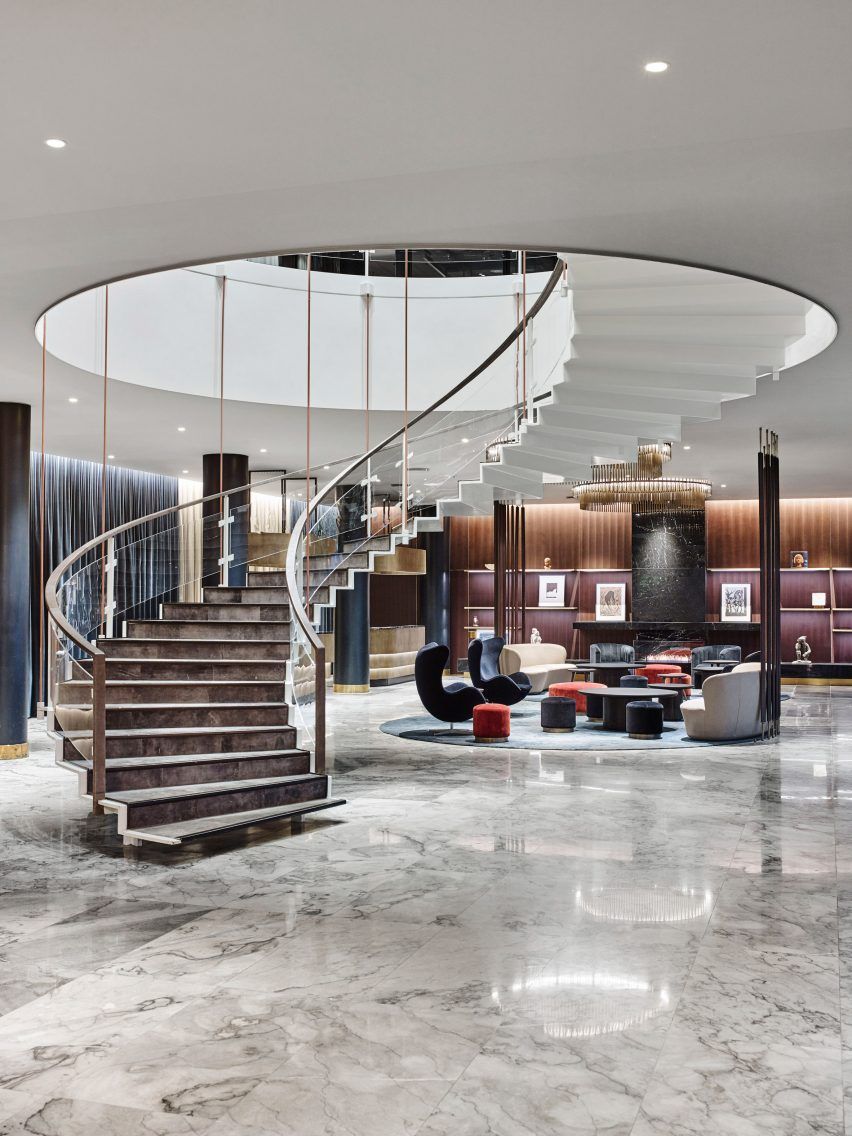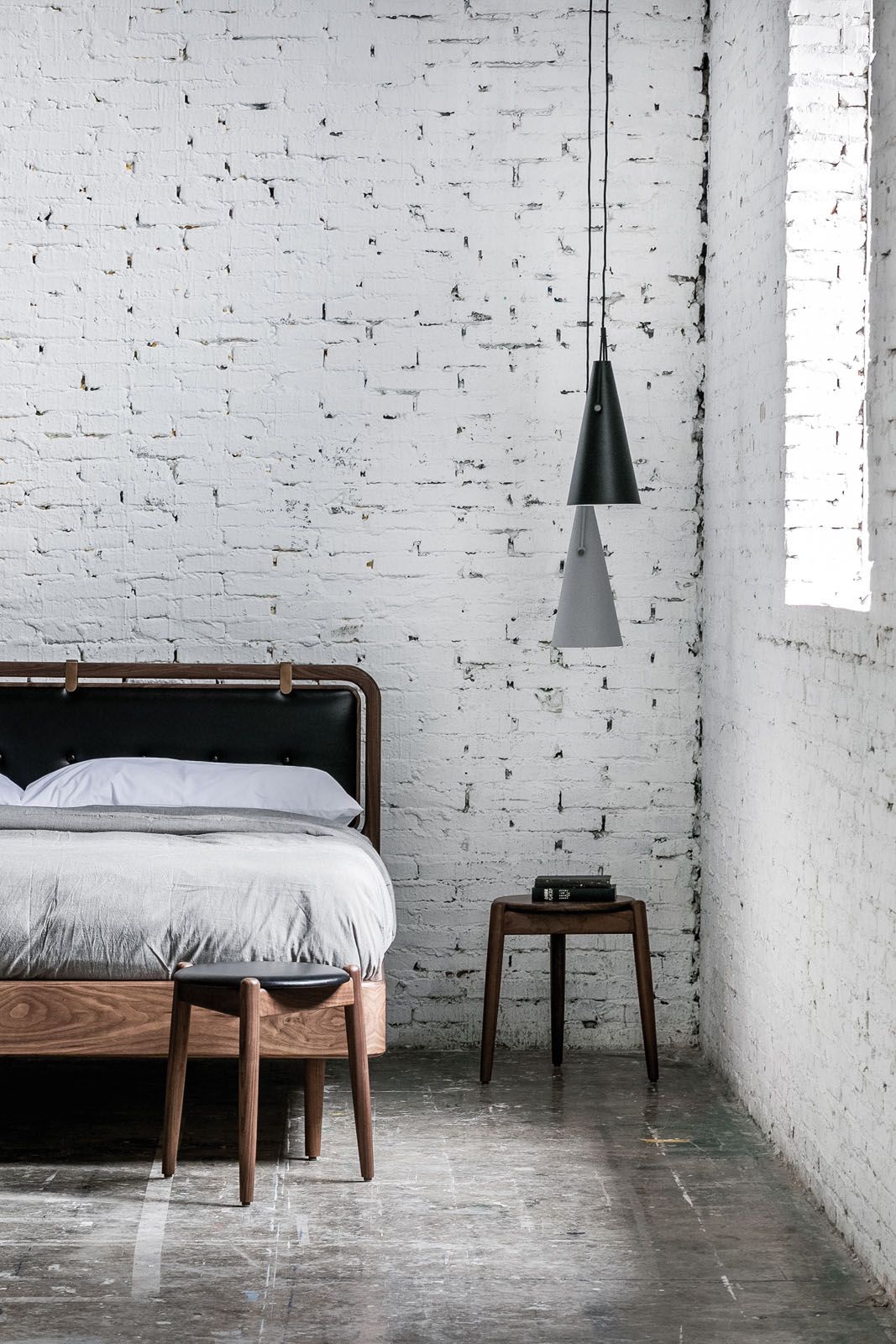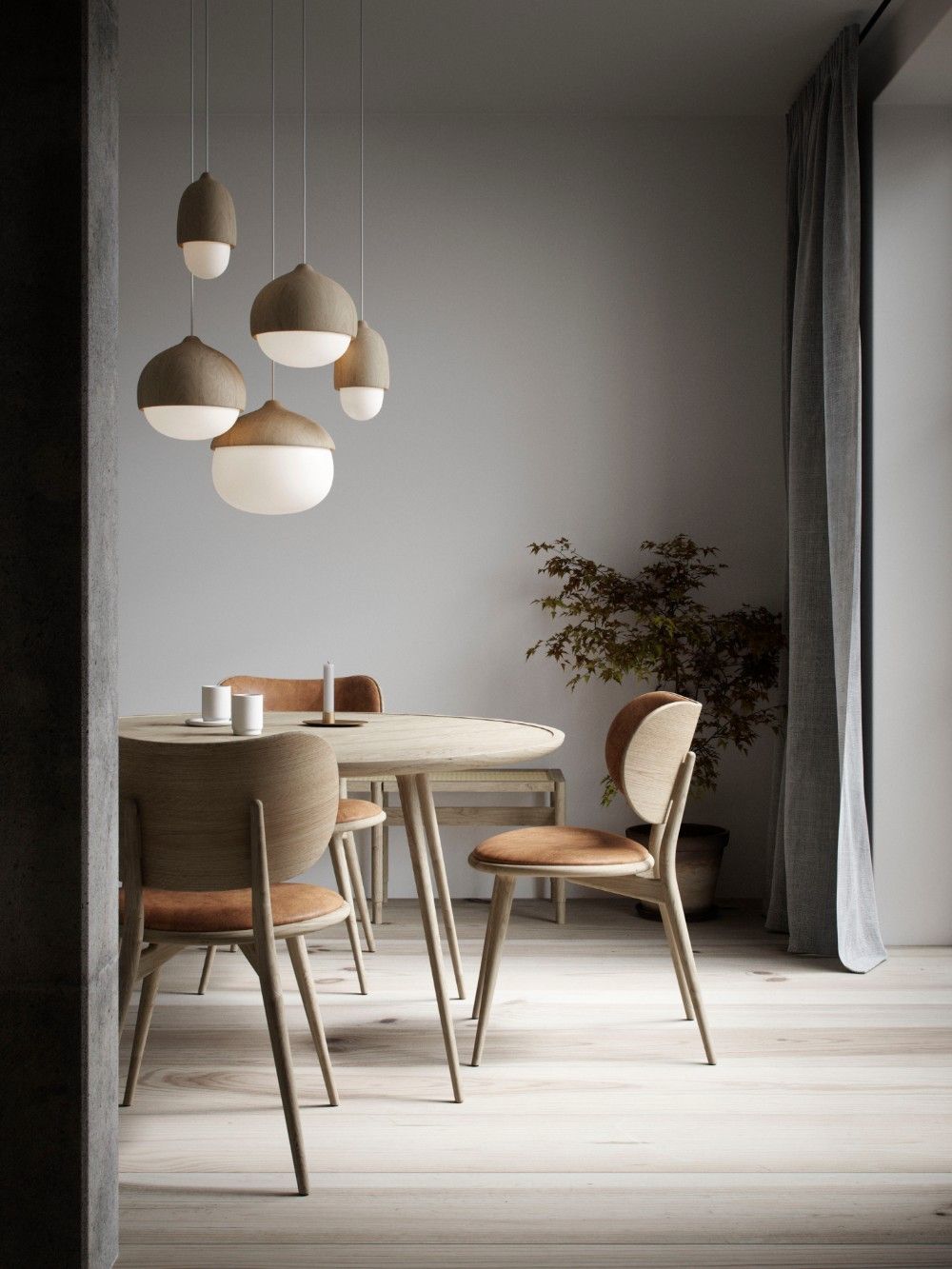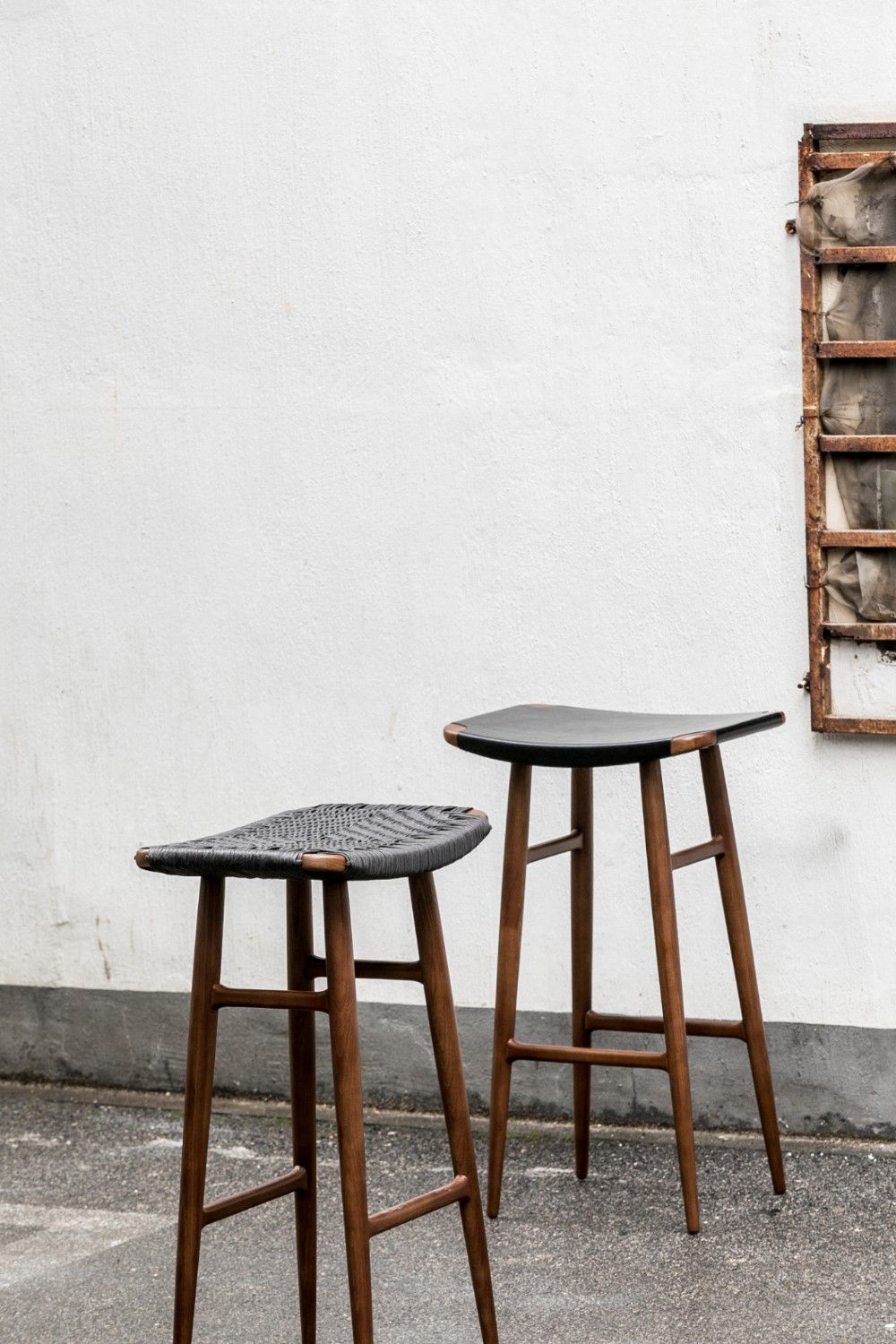The Danish studio has worked on over 350 projects to date, designing interiors and furniture that are attuned to their origins and heritage
At first glance, the worlds of gastronomy and design may seem like odd bedfellows. But for Danish practice Space Copenhagen, it has been a natural fit.
Founded in 2005 by Signe Bindslev Henriksen and Peter Bundgaard Rützou, the studio is the creative mastermind behind the interiors of the first Noma restaurant (which they redesigned in 2012 and featured their Stellar Works Rén furniture collection) and 108 Restaurant (also by acclaimed chef Rene Redzepi) in Copenhagen, as well as a slew of haute venues in the Danish capital.
“What the chefs aim to do is very finely balanced with how we perceive design; there’s a certain honesty, directness of natural materials and resources,” quips Rützou, explaining the intricacies of combining each restaurant’s culinary philosophy with its design concept. As the fame of these restaurants grew, so did the studio’s international acclaim.
See also: Denmark's Fabulous Food Journey: From Hearty Fare To Haute Cuisine
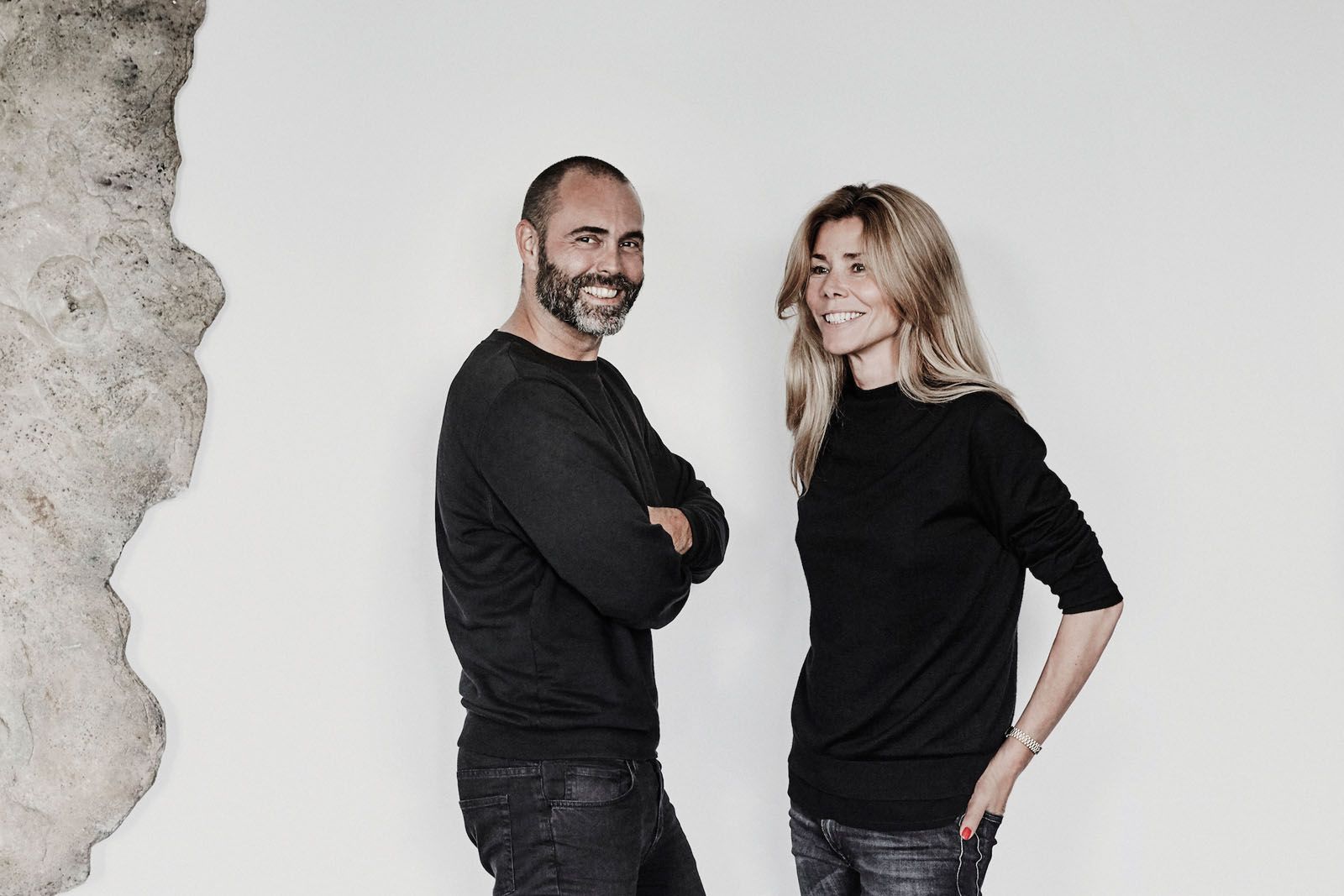
To date, the studio has worked on nearly 350 projects, including furniture collections as well as interiors for retail stores and hotels such as the renovation of the Radisson Collection Hotel, Royal Copenhagen; the iconic hotel was first designed by Arne Jacobsen for the Scandinavian Airlines System (SAS) in 1960.
We met the dynamic duo at the Galleria Teatro Manzoni in Milan, the venue of Behind the Scenes, an exhibition that showcased furniture from Stellar Works and Agapecasa during Milan Design Week. The duo took us down memory lane, sharing with us the early beginnings of their multidisciplinary practice and how their collaboration with Stellar Works began.
See also: Why Furniture Brand Stellar Works Is Proudly Made In Shanghai

